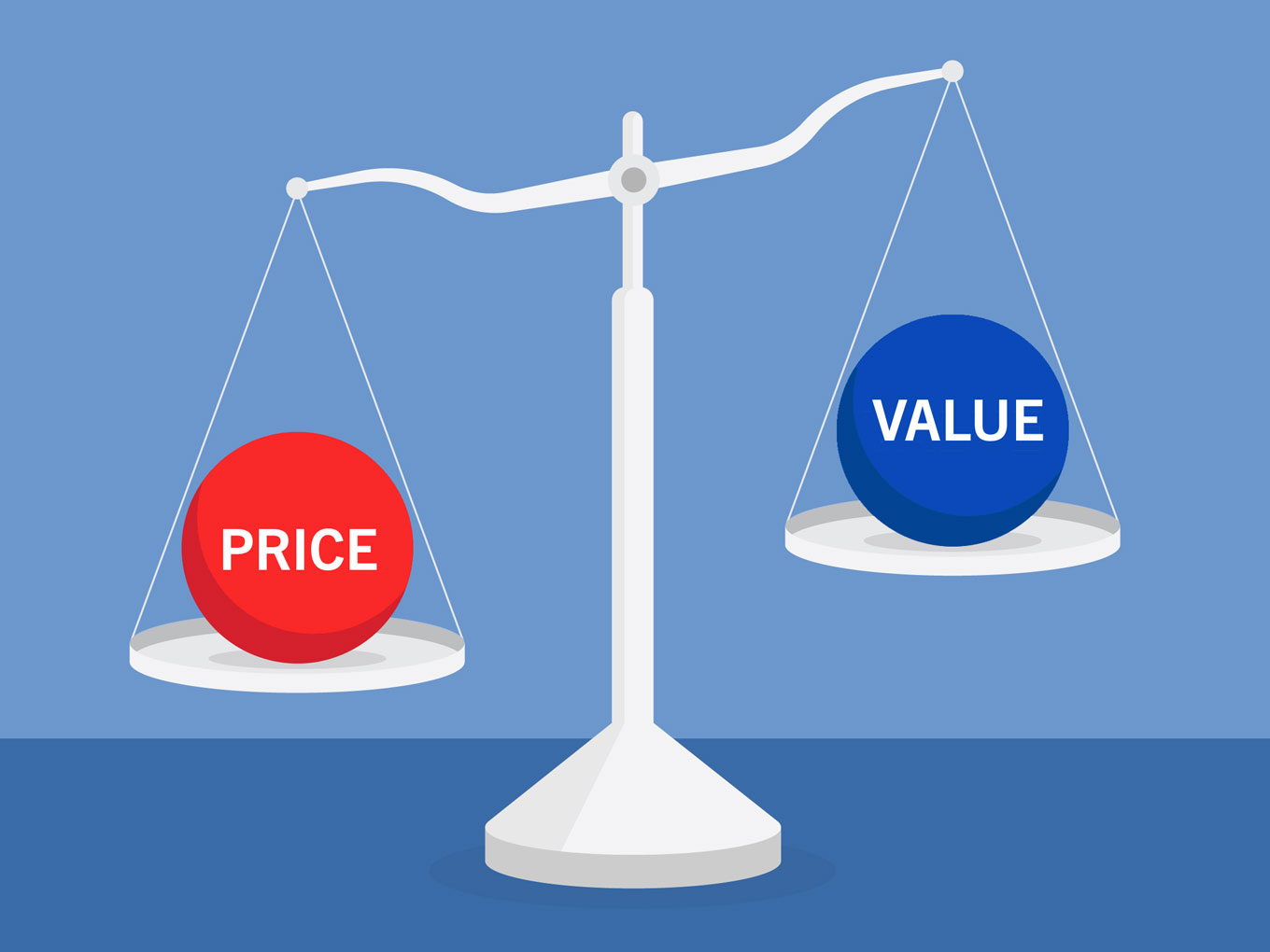
What are Tiered Health Insurance Plans?
Businesses with employer-sponsored health plans want access to high-quality providers that don’t break the bank. Learn about tiered health insurance plans.

News outlets nationwide are covering the changing world of health insurance at every turn, from the controversy over the Affordable Care Act to providers’ innovative strategies to manage health population-wide. Regardless of how the market shifts, one principle remains unchanged: any business person offering employer-sponsored health insurance wants their population to have access to high-quality providers that don’t break the bank.
The desire to contain health care costs has been an objective for decades, leading to varying payment arrangements offered by insurance companies. In the 1990s for example, providers were paid a fixed annual or monthly lump sum per patient through what was called a health maintenance organization (HMO). Because this arrangement involved prior authorization and limited choices, its popularity waned. Today, insurance carriers and providers are working together to create insurance products that marry consumer cost savings, freedom of choice and, in many cases, provider quality.
What is Tiered Insurance?
Tiering is a way for insurance companies to manage what they pay for health care services, and allows patients to include cost of care as a consideration when choosing a physician or health network.
Providers in tiered plans are typically categorized as “in-network” if they have contracted with the insurance carrier and may have agreed to financial discounts for services performed. They may also have agreed to certain quality metrics, which include a pay-for-performance program. Dependent upon the insurance product plan design, there may be multiple tiers of providers included under the “in-network” umbrella. Generally the first tier of in-network providers includes lower out of pocket expense for the consumer.
The objective? Tiered insurance plans give patients financial and quality incentives to visit a hospital or physician that has been placed in a preferred tier. Members can also choose to receive care from providers who are in a secondary tier or “out of network.” By making this choice, members typically have higher out-of-pocket costs and may receive care that is not subject to agreed-upon quality measurements.
Out-of-Pocket Costs
Illustration is the best way to convey the options for members participating in a tiered insurance product. Below is an example of a tiered Preferred Provider Organization (PPO) network and its levels of cost for patients:
In-Network
Tier 1: In-network providers meeting the insurance carrier’s contract terms
in cost and quality. Lowest out-of-pocket cost.
Tier 2: In-network providers that may not
meet the insurance carrier’s contract terms in cost and quality. Higher out-of-pocket cost.
Out-of-Network
Providers not included in the PPO network. Highest out-of-pocket cost.
Member and Employer Experience
Today’s tiered network plan designs intersect the needs of both employers and members. Employers reap the cost savings of having their employees obtain care from in-network, first-tier providers. The employee plan members benefit from an interconnected and high-quality health system offering care coordination between insurance carrier and provider, collaborative management of diagnosed conditions, closing care gaps and convenience through centralized services and potential cost containment. There is also freedom of choice: Members retain the ability to make individual decisions about where care is rendered and the implications of those choices.
Tiered network plan designs may not be the last innovation in a changing industry. For today, it is a valuable solution for aligning employers, members, providers and insurance carriers for the management of cost and quality across populations.
Health Insurance
From Our Experts

Health Insurance
How Primary Care Physicians Help Employers
February 28, 2023
Preventive health care is so essential to keeping ourselves from becoming chronically sick in the future

Health Insurance
The Well-Being Factor is Changing Employer-Sponsored Health Care Forever
October 5, 2022
Preventive health care and well-being for employees lowers costs for companies

Health Insurance
What is Value-Based Care and Why is it Important for Employers to Understand it?
August 4, 2022
A different approach and plan solution to match
Gain control over employee health care by going directly to the source